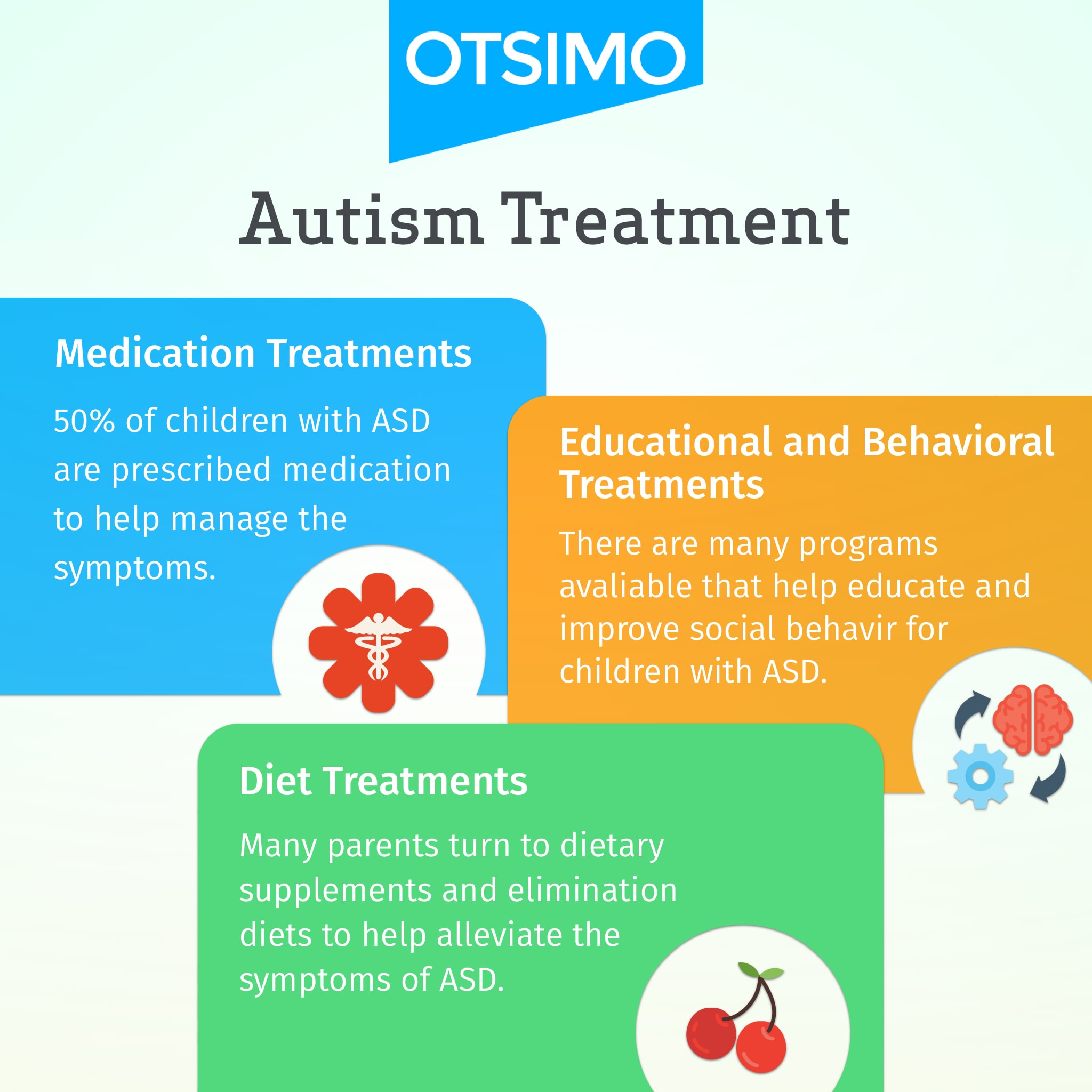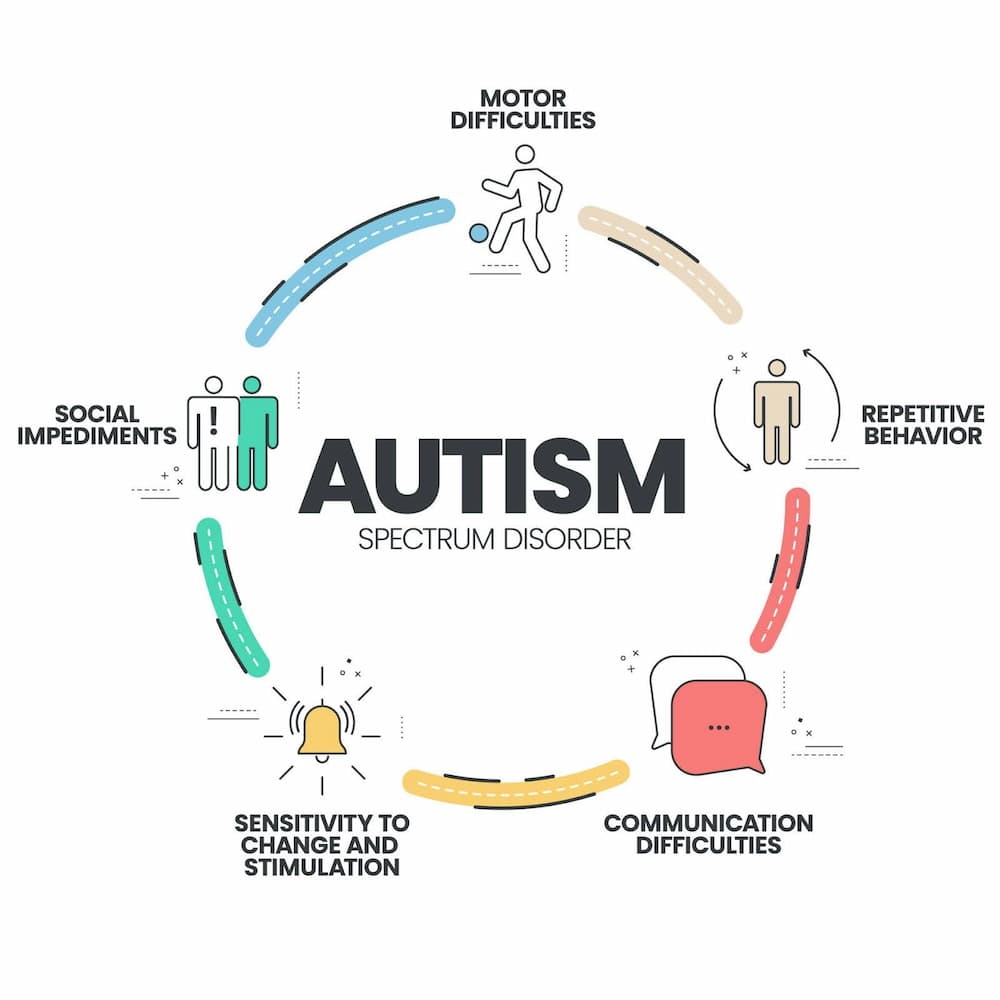How to identify early communication signs and connect with an Aba Therapist Near Me
How to identify early communication signs and connect with an Aba Therapist Near Me
Blog Article
Recognizing the Impact of Behavioral Autism on Daily Life and Social Communications
You could not realize how deeply behavioral autism affects every day life and social communications. People on the range usually browse a world loaded with interaction hurdles and sensory overload. These challenges can result in stress and isolation, affecting their relationships and overall well-being. Recognizing these subtleties is crucial for cultivating helpful atmospheres. What methods can we carry out to create even more inclusive spaces and meaningful links? The solutions could stun you.
Defining Behavior Autism and Its Qualities
Behavioral autism, frequently described as autism range condition (ASD), encompasses a variety of conditions characterized by difficulties in social communication, communication, and recurring habits. You could notice that people with ASD frequently have a hard time to interpret social hints, which can lead to misconceptions in conversations. They might locate it difficult to develop eye contact or participate in little talk, making social situations really feel overwhelming.
Communication difficulties can materialize in different methods, from delayed speech development to a preference for utilizing less words. Repetitive habits, such as hand-flapping or shaking, can work as coping mechanisms to handle stress and anxiety or sensory overload. These features can greatly influence day-to-day live, making it necessary for you to comprehend and support those with ASD. By recognizing these characteristics, you can promote a setting that advertises approval and urges effective communication, aiding individuals with autism grow in their everyday interactions.
The Range of Autism: Comprehending Irregularity in Habits
Autism range problem (ASD) isn't a one-size-fits-all medical diagnosis; it varies extensively amongst people. You may run into people that are highly spoken and engage conveniently in discussions, while others may choose solitary tasks or interact non-verbally.
In addition, the means people with ASD react to sensory input can vary considerably; some may be bewildered by intense lights or loud sounds, whereas others prosper in stimulating settings. The spectrum likewise includes differences in social interactions; some people may battle to translate social hints, while others navigate social setups with loved one convenience. Understanding this irregularity is crucial, as it aids you appreciate everyone's special experience and tailor assistance to their details requirements, fostering a much more comprehensive environment for everybody.
Interaction Difficulties Encountered by Individuals With Autism
When you interact with individuals on the autism spectrum, you might discover their one-of-a-kind communication difficulties. They frequently deal with troubles with both nonverbal and verbal hints, which can influence their social communications. Comprehending these obstacles is vital for cultivating much better connections and support.

Verbal Communication Difficulties
Many people on the autism spectrum experience spoken communication problems that can significantly impact their day-to-day communications. You may locate it challenging to express your thoughts, feelings, or needs plainly. This can lead to frustration for both you and those around you, as misunderstandings happen. You may deal with starting discussions, preserving a topic, or comprehending subtleties in speech. Commonly, you could favor using simple language or repetitive expressions, which can limit your capacity to participate in much deeper conversations. Your pace, tone, or volume may not straighten with social assumptions, creating others to misunderstand your intentions. Identifying these obstacles can assist you and your support network develop strategies to boost interaction and promote better links with others in your every day life.
Nonverbal Interaction Obstacles
Spoken communication isn't the only obstacle individuals on the autism spectrum face; nonverbal communication barriers can be equally as considerable. You could discover it difficult to translate body movement, faces, and eye call, which are vital for efficient interaction. These challenges can bring about misunderstandings or false impressions of social cues, making communications feel overwhelming or complex. You might struggle to reveal your very own emotions with nonverbal ways, leaving others unclear of your objectives or sensations. This separate can create feelings of seclusion and irritation. Recognizing these barriers is vital for cultivating understanding and empathy in your interactions. By addressing nonverbal communication, you can locate methods to improve your social experiences and enhance your general top quality of life.
Social Communication Influences
Social interactions can typically feel overwhelming due to the distinct communication challenges encountered by individuals with autism. Recognizing these difficulties can help you locate methods to enhance communication, such as exercising social abilities in risk-free settings or using aesthetic help. Understanding your needs allows you to browse social interactions with greater confidence and simplicity.
Social Interaction and Connection Building in Autism
While building connections can be testing for individuals with autism, comprehending their unique perspectives and communication styles can foster significant links. You may discover that several people on the range choose direct communication and may battle with social cues or tiny talk. By being simple in your interactions, you can assist produce an atmosphere where they really feel comfy.
Involving in shared interests can additionally serve as a bridge to deeper links. Whether it's a pastime, a preferred program, or a mutual passion, these common strings can open doors to friendship.
Every Day Life Regimen: Browsing Obstacles and Strategies
Steering everyday life regimens can be especially testing for people with autism, specifically when unforeseen adjustments happen. To navigate these obstacles, think about executing aesthetic routines or checklists.
Developing a regimen that consists of sensory breaks can also be valuable. You can plan short breaks throughout your day to recharge. It's necessary to interact with those around you, allowing them understand your preferences and needs. This assists create an understanding setting.
Finally, technique mindfulness methods to take care of anxiety and anxiousness. Basic breathing workouts or grounding techniques can make a considerable difference. By integrating these techniques, you can enhance your daily routine and reduce disturbances, making life feel much more manageable.
Toughness and Capacities of Individuals on the Autism Range
Comprehending day-to-day live regimens is just one element of the autism experience. Numerous individuals on the autism range possess impressive staminas and capabilities that establish them apart. You could discover that your interest to information is extraordinary, allowing you to stand out in tasks that call for accuracy and emphasis. Your capability to think outside the box can bring about ingenious remedies in different scenarios.
Moreover, your memory skills commonly radiate, particularly in locations of rate of interest. Autism Behavioral Therapy. This flair for retaining info can make you an important source in areas like scientific research, innovation, or art. You may also exhibit solid aesthetic thinking, enabling you to picture intricate ideas and address troubles artistically
In addition, your distinct viewpoint on here the world can promote empathy and understanding in others, enriching social interactions. Embracing these strengths not only enhances your confidence but additionally aids others value the varied skills you offer the table.
Producing Comprehensive Atmospheres for Individuals With Autism
Producing inclusive settings for individuals with autism starts with making sensory-friendly rooms that deal with their distinct needs. You can also cultivate chances for social communication, aiding to construct friendships and connections. By making these changes, you'll add to an extra inviting environment for everyone.
Designing Sensory-Friendly Spaces
While creating sensory-friendly areas, it's essential to mirror on the one-of-a-kind needs of people with autism. Incorporate silent areas where individuals can recharge and pull back when bewildered. Include visual schedules or clear signage to assist people navigate the room with confidence.
Advertising Social Communication Opportunities
Creating sensory-friendly areas not just addresses individual comfort but also establishes the phase for meaningful social communications among individuals with autism. To advertise these interactions, develop comprehensive settings that invite participation. Arrange organized activities, like art classes or group video games, that motivate cooperation without overwhelming sensory input. Usage aesthetic aids and clear interaction to assist every person involve comfortably. Motivate peer mentoring, matching people with autism with helpful peers who can direct them with social scenarios. Furthermore, consider organizing regular area occasions that celebrate neurodiversity, fostering acceptance and understanding amongst all individuals. By applying these methods, you can boost social possibilities, helping individuals with autism develop relationships and reinforce their social abilities in a safe, inviting setting.

Frequently Asked Inquiries
Exactly How Can Buddies Assistance Someone With Behavioral Autism?
You can sustain a buddy with behavioral autism by holding your horses, listening proactively, and respecting their borders. Involve in activities they enjoy, interact freely, and create a comfy atmosphere where they feel valued and recognized.
What Resources Are Readily Available for Moms And Dads of Kid With Autism?
You can explore various resources for moms and dads of youngsters with autism, including assistance groups, educational websites, and local social work. Attaching with various other moms and dads can likewise offer beneficial understandings and shared experiences to aid navigate obstacles.
Can Behavioral Autism Adjustment Gradually?

Yes, behavioral autism can change in time. You may notice shifts in communication, social skills, and habits as your child expands. Early intervention and assistance typically play important functions in these developmental adjustments.
Just How Do Sensory Sensitivities Impact Life?
Sensory sensitivities can make day-to-day experiences overwhelming. You could battle with brilliant lights or loud sounds, causing anxiety or evasion. Locating atmospheres that fit your requirements can substantially boost your convenience and total life.
What Prevail Misconceptions Concerning Behavioral Autism?
You could believe behavioral autism just influences interaction skills, yet it's even more facility. Numerous think people do not have empathy or knowledge, which isn't real. Understanding these false impressions aids foster acceptance and assistance for those on the range.
Behavior autism, typically referred to as autism range disorder (ASD), incorporates an array of problems identified by challenges in social interaction, communication, and repetitive habits.Social communications can usually feel overwhelming due to the one-of-a-kind interaction obstacles faced by individuals with autism.Designing sensory-friendly rooms not only addresses private comfort but additionally establishes the phase for significant social communications amongst individuals with autism. Motivate peer mentoring, coupling people with autism with encouraging peers who can assist them with social scenarios. By applying these techniques, you can enhance social possibilities, assisting individuals with autism develop friendships and reinforce their social abilities in a safe, inviting setting.
Report this page